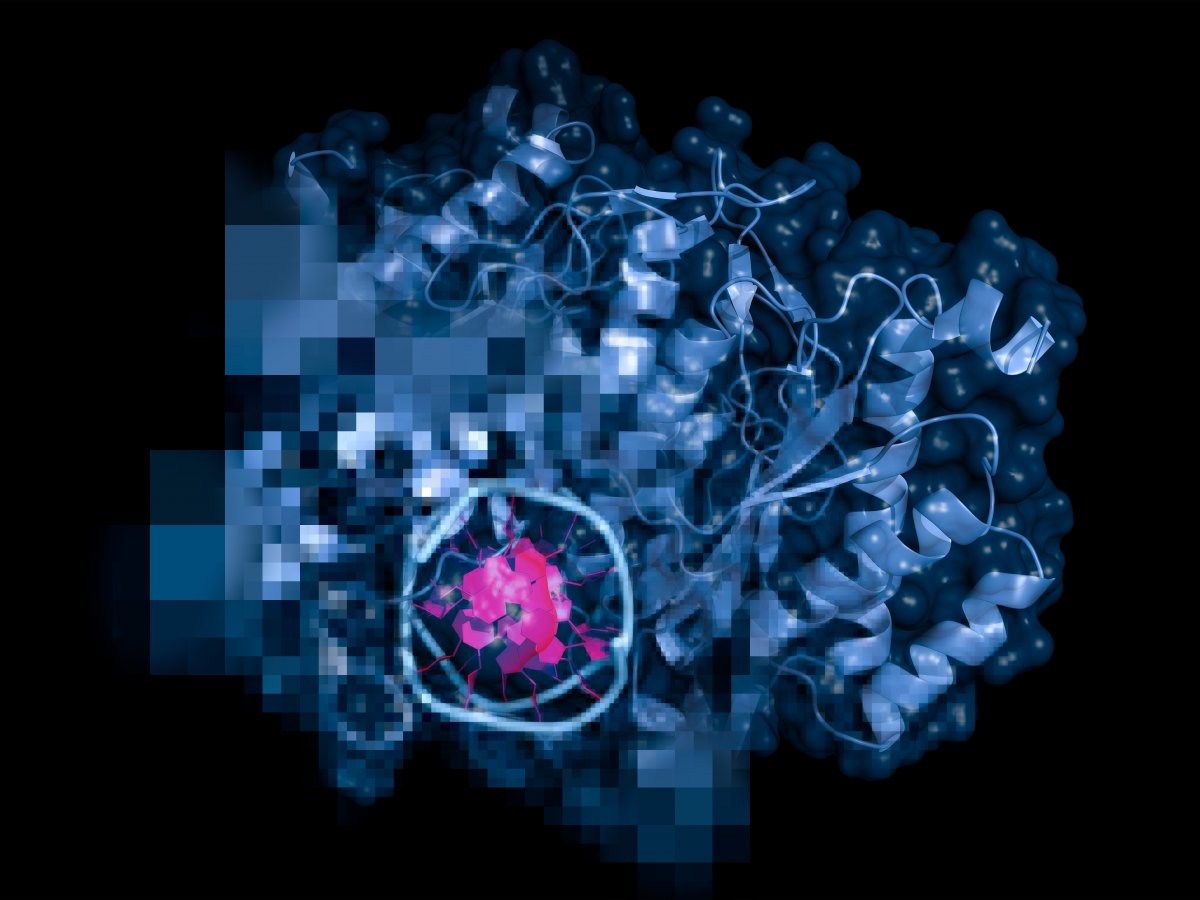An international team of bioinformaticians from Heinrich Heine University Düsseldorf has developed a system using artificial intelligence to determine whether any enzymes can process particular starting materials and deliver desired results. Using the ESP (Enzyme Substrate Prediction) model, which the team developed, this prediction is made with acceptable accuracy. Enzymes serve as biocatalysts in plant and animal cells, including the human body, producing all the necessary molecules required for the organism.
The problem lies in determining which enzymes are suitable for triggering the desired reactions. In over 99 percent of cases, it is unknown what an enzyme actually does when produced using the DNA of organisms. Using a trial-and-error method is hugely time-consuming. However, the ESP is finding predicted results without experimentation using artificial intelligence.
With colleagues from Sweden and India, the team of bioinformaticians have found a new universally usable method for enzyme assessment. The ESP is not limited to individual enzymes and their close relatives but can work with any combination of any enzyme and over 1,000 different substrates. Drug research and biotechnology could benefit hugely from such accurate assessments.
The ESP is based on deep learning model developed by the first author of the study, Alexander Kroll. The data from enzymes and substrates are encoded in numerical vectors. The team used 18,000 experimentally known enzyme-substrate combinations as training material and applied the trained model to an independent data set for which correct results were already known. The ESP hit rate for these results was 91 percent.
According to Kroll, the prediction technology permits better models to simulate metabolism in cells, allowing us to understand the physiology of various organisms, from bacteria to humans. The research is published in “Nature Communications.”



